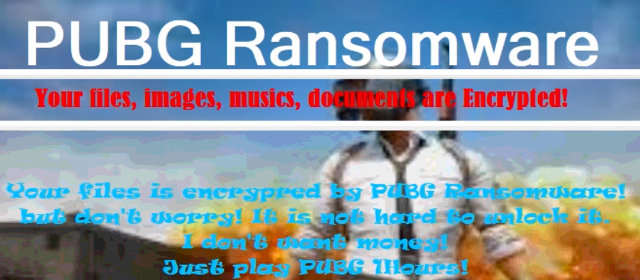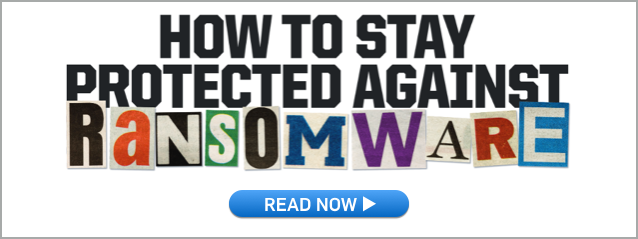Cisco, ISARA to Test Hybrid Classic, Quantum-Safe Digital Certificates
Cisco Systems and security firm ISARA are collaborating in an initiative to test digital certificates capable of working on conventional public key cryptography, as well as quantum computing environments.
The goal is to demonstrate how a single digital certificate supporting multiple public key algorithms can help reduce costs and the risks associated with migrating the public key infrastructure to quantum mode.
The need for such measures stems ironically enough from the power of quantum computing, which while having the potential to enable a new generation of applications also has the ability to overcome current encryption schemes.
“Quantum computing allows us to efficiently solve the hard math problems underlying the public key cryptography we rely upon today for Internet banking, connecting to work remotely, and doing ecommerce,” says Mike Brown, CTO of ISARA. That fact necessitates new approaches to public key cryptography, he says.
Quantum computers are designed to harness the behavior of atoms and subatomic particles to handle computationally intensive applications — in areas like medicine — that are well beyond the capabilities of current generation computers.
Traditional crypto certificates that are used to authenticate digital transactions and IDs are not secure enough to authenticate transactions in a quantum environment. So at least for the duration of the migration from traditional computers to quantum computing, digital certificates will need to be equipped to support both computing environments.
“As a technology industry, we have been extremely successful at making the use of cryptography nearly ubiquitous,” Brown says. So successful in fact that cryptography has become integral to the plumbing of the Internet, he says.
“So that means migrating cryptography, and specifically authentication tools, will involve changes to nearly everything. For a company, this will be a multi-year IT project with all of the associated complexity.”
The approach in which Cisco and ISARA are collaborating is to use dual-algorithm certificates, where one algorithm works to protect quantum transactions while the other maintains backwards compatibility with traditional environments.
To demonstrate the viability of the approach Cisco and ISARA have set up a public server that uses the so-called PQ hybrid X.509 certificates (PQ for Post-Quantum) to authenticate to transport layer security clients.
“We use authentication to ensure that it was ‘you’ making that bill payment through your bank account online and that the amounts haven’t been tampered with,” Brown says. “Quantum-safe authentication is a way to accomplish that using mathematics that quantum computers can’t solve.”
Under the collaborative effort, ISARA is bringing its expertise in quantum-safe cryptography and PKI to work with Cisco and its Enrollment over Secure Transport (EST) system for issuing backwards-compatible hybrid systems.
“The collaboration between Cisco and ISARA began with a focus on the use of a particular quantum-safe authentication scheme called LMS or Leighton-Micali Signatures,” Brown says. “The next phase will introduce support for additional algorithms.”
Related Content:
- How Quantum Computing Will Change Browser Encryption
- Abusing X.509 Digital Certificates for Covert Data Exchange
- Don’t Trust That Trust Mechanism: Vulnerabilities In Digital Certificates
- What CISOs Should Know About Quantum Computing

Join Dark Reading LIVE for two cybersecurity summits at Interop ITX. Learn from the industry’s most knowledgeable IT security experts. Check out the security track here. Register with Promo Code DR200 and save $200.
Jai Vijayan is a seasoned technology reporter with over 20 years of experience in IT trade journalism. He was most recently a Senior Editor at Computerworld, where he covered information security and data privacy issues for the publication. Over the course of his 20-year … View Full Bio





